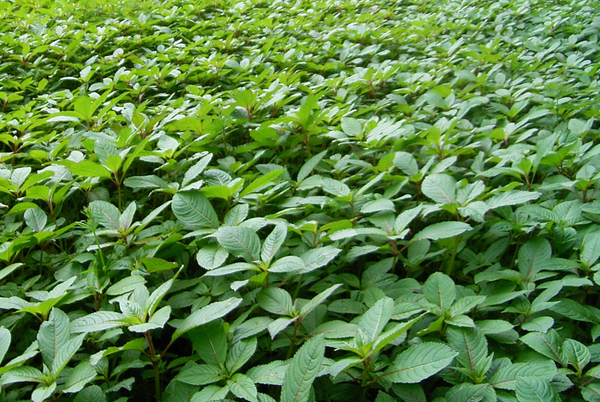New in June 2014 from the ISC
In June 2014 the following datasheets were published on CABI’s Invasive Species Compendium (ISC). You can explore the open-access ISC here: www.cabi.org/isc Solanum seaforthianum (Brazilian nightshade) is a very aggressive woody vine able to invade natural forests, natural grasslands, forest margins, urban bushland, riverbanks, crops, pastures, roadsides, disturbed sites and waste areas. Once established, it is able to…
New in May 2014 from the ISC
In May 2014 the following datasheets were published on CABI’s Invasive Species Compendium (ISC). You can explore the open-access ISC here: www.cabi.org/isc Tithonia diversifolia (Mexican sunflower) has been introduced to tropical parts of Asia and Africa and some Pacific islands from its native Mexico, Central America and Cuba. The combined might of rapid vegetative reproduction, hundreds of…
New in April 2014 from the ISC
In April 2014 the following datasheets were published on CABI’s Invasive Species Compendium (ISC). You can explore the open-access ISC here: www.cabi.org/isc Thunbergia alata (black eyed Susan) – Australia, Brazil, Central America and many Pacific islands are all threatened by this aggressive herbaceous vine. Once introduced into a suitable climate, often as an ornamental, it quickly establishes…
The XIV International Symposium on the Biological Control of Weeds, Kruger National Park, South Africa, March 2014
In March 156 delegates from 24 countries travelled to the Kruger National Park in South Africa to attend the XIV International Symposium on Biological Control of Weeds (ISBCW) which was held at the Nombolo Mdhuli situated in the Skukuza Camp (2 – 7 March 2014). This quadrennial international symposium is a prestigious conference which provides…
New in March 2014 from the ISC
In March 2014 the following datasheets were published on CABI’s Invasive Species Compendium (ISC). You can explore the open-access ISC here: www.cabi.org/isc Bothriochloa pertusa (pitted beard grass) – B. pertusa is a perennial grass native to eastern and southern Asia. It has been widely introduced in the Americas, Australia and the Pacific, either accidentally or probably in some cases…
Green Invasion: Destroying Livelihoods in Africa [Video]
CABI, together with Tmax Productions, have produced a video called the ‘Green Invasion – Destroying Livelihoods in Africa.” The short film (approx. 7mins long) details how invasive weeds are impacting on the lives of rural communities in East Africa. Although a large number of non-native species have become invasive in the region, this film focusses on…
New in February 2014 from the ISC
In February 2014 the following datasheets were published on CABI’s Invasive Species Compendium (ISC). You can explore the open-access ISC here: www.cabi.org/isc Drosophila suzukii – The damage caused by D. suzukii larvae renders fruit unmarketable. In 2008 economic losses (based on maximum reported yield losses) for California, Oregon and Washington were estimated at 40% for blueberries, 50% for caneberries, 33% for…
Horizon Scanning for Invasive Species
In this, the era of globalisation, increases in international trade, transport and travel have driven an upsurge in the diversity and volume of non-native species introductions to new areas worldwide. Introduced plant, animal and pathogen species may fail to establish in a new range, and where they do establish, may be environmentally benign. However, there…
Himalayan Balsam and its impact on UK invertebrates
Himalayan balsam is one of the UK’s most widespread invasive weed species, colonising river banks, wasteland, damp woodlands, roadways and railways. Research by CABI scientists has shown local invertebrate biodiversity is negatively affected by the presence of Himalayan balsam. This leads to fragmented, destabilised ecosystems, which has serious consequences on processes and functioning, and complicates…
Lakes poisoned to halt topmouth gudgeon invasion
Several lakes in Hampshire are being poisoned in a bid to control topmouth gudgeon (Pseudorasbora parva), an invasive non-native fish first introduced to Britain in the 1980s which has become more widespread in recent years. The fish, native to Asia, has spread across much of Europe in recent decades, travelling along waterways and facilitated by…


